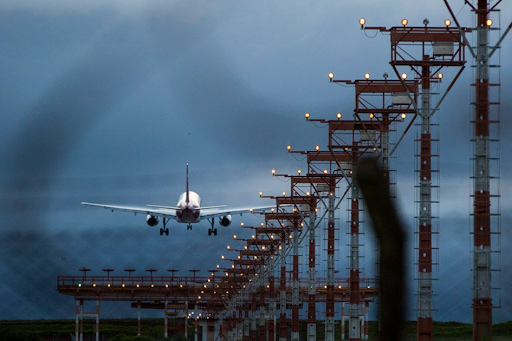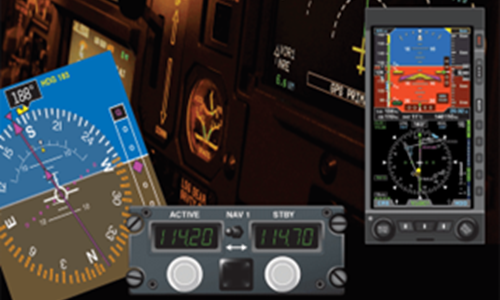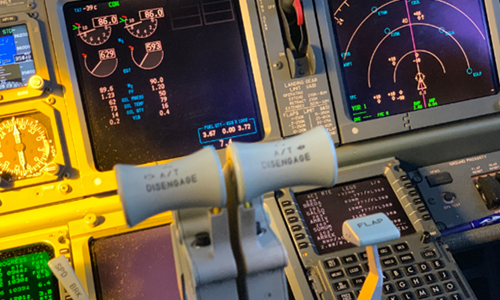Dec 15,2023 – Semih YENİGÜL

I’m sure you’ve heard this announcement many times. But do you know why this announcement is made? The air pressure inside the plane changes very quickly during landing and takeoff, and this announcement is more for protecting your ear health. So what does ” We Are Commencing Our Descent For Landing” mean to you? Have you ever wondered how airplanes land and take off at airports so far? If so, this article is for you!
In this article, we will explore the hidden devices that guide airplanes at airports. These devices play an important role in ensuring flight safety and efficiency. These devices are called navigation aids. These devices provide the aircraft with various information, such as direction, distance, and slope. These systems are the greatest helpers of pilots. If your plane can land safely even in the most difficult weather conditions, you can thank the pilots and then these systems.
Shall we learn the names of these devices that need to be introduced a little more closely?
- VOR: Very High Frequency Omnidirectional Range’s abbreviation. It is a radio navigation device that helps aircraft to determine direction.
- DME: Distance Measuring Equipment’s abbreviation. It is a radio navigation device that helps aircraft to provide distance information.
- Localizer: It helps aircraft to approach the centerline of a runway, a radio navigation device.
- Glide Path: It determines the distance of the aircraft from the landing path of the runway and the slope angle.


These devices play an important role in ensuring flight safety and efficiency at airports. For airplanes to be able to land and take off safely and smoothly at airports, these devices must perform their duties flawlessly. These devices work using radio signals. Each device broadcasts radio signals at its own frequency. The receiving devices in the aircraft receive these signals and determine the position of the aircraft.
Of course, the safety of an entire flight is not only dependent on the proper functioning of these devices, but there are many factors that contribute to the safety of a flight. However, these devices are very important in the aviation industry. By ensuring that airplanes can land and take off safely at airports, they make a major contribution to the protection of the lives of millions of people.
To emphasize the importance of these devices, think for a moment. If these devices didn’t exist, pilots would have to make a landing based on their eyes, intuition, and experience. Of course, humans are the most unique system in nature, but humans are more likely to make mistakes than machines because humans, unlike machines, have emotions, feelings, and prejudices. These factors can affect people’s decision-making processes and increase the likelihood of making mistakes. This could increase the risk of making mistakes during landing, leading to accidents.
As you can see, navigation aids found at airports are essential for flight safety. If you are interested in the aviation industry, I recommend you to explore these devices. I hope you have added a different perspective to your flight, good flights.




